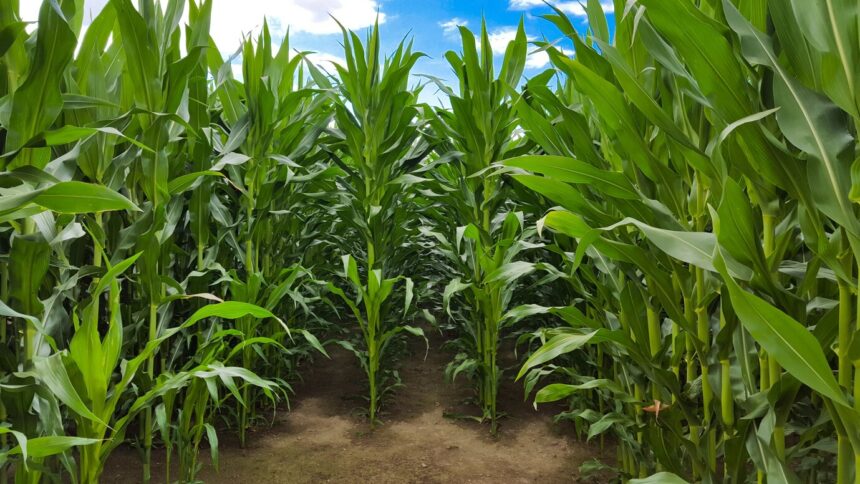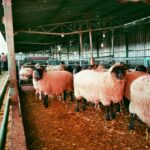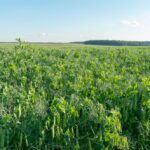Maize stalk borers are one of the most destructive pests affecting maize crops. These pests feed on maize plants, causing reduced yields and significant economic losses for farmers. Identifying and controlling maize stalk borers effectively is crucial for maintaining healthy crops and improving productivity.
Identification of Maize Stalk Borers
Maize stalk borers are larvae of moths belonging to the Busseola fusca, Sesamia calamistis, and Chilo partellus species. The adult moths lay eggs on maize plants, and once hatched, the larvae burrow into stems, feeding on internal plant tissues.
Key signs of maize stalk borer infestation include:
- Leaf Damage: Young larvae feed on leaves, creating small, irregular holes or windows.
- Frass Deposits: Accumulation of sawdust-like frass near feeding sites indicates the presence of borers.
- Wilting and Dead Hearts: As larvae burrow into the stalks, they disrupt the plant’s nutrient flow, leading to wilting and eventual death of the central shoot.
- Stem Tunneling: Splitting open affected stems reveals tunnels with larvae inside.
Control Measures
Controlling maize stalk borers requires a combination of cultural, biological, and chemical methods.
Cultural Control
- Early Planting: Synchronizing planting with periods of low pest activity reduces infestations.
- Crop Rotation: Alternating maize with non-host crops like legumes disrupts the pest’s lifecycle.
- Field Sanitation: Removing and destroying infested plant residues after harvest reduces carry-over populations.
- Intercropping: Growing maize alongside crops such as desmodium and Napier grass can deter pests and attract natural enemies.
Biological Control
- Natural Enemies: Parasitic wasps, such as Cotesia sesamiae, attack and kill larvae.
- Bacillus thuringiensis (Bt): Applying Bt-based biopesticides helps control larval populations without harming beneficial insects.
Chemical Control
- Insecticides: Applying selective insecticides, such as pyrethroids, to target larvae can be effective. These should be used according to recommended guidelines to prevent resistance.
- Seed Treatment: Using insecticide-treated seeds can protect young plants from early infestations.
- Granular Insecticides: Applying granules at the plant base can control borers before they enter the stalks.
Identifying and controlling maize stalk borers requires an integrated approach that combines cultural, biological, and chemical strategies. By monitoring crops regularly and adopting preventive measures, farmers can reduce infestations and safeguard maize yields. Sustainable management practices not only control these pests but also promote long-term agricultural productivity.
Join 'Farmers Mag' WhatsApp Channel
Get the latest Farming news and tips delivered straight to your WhatsApp
CLICK HERE TO JOIN






